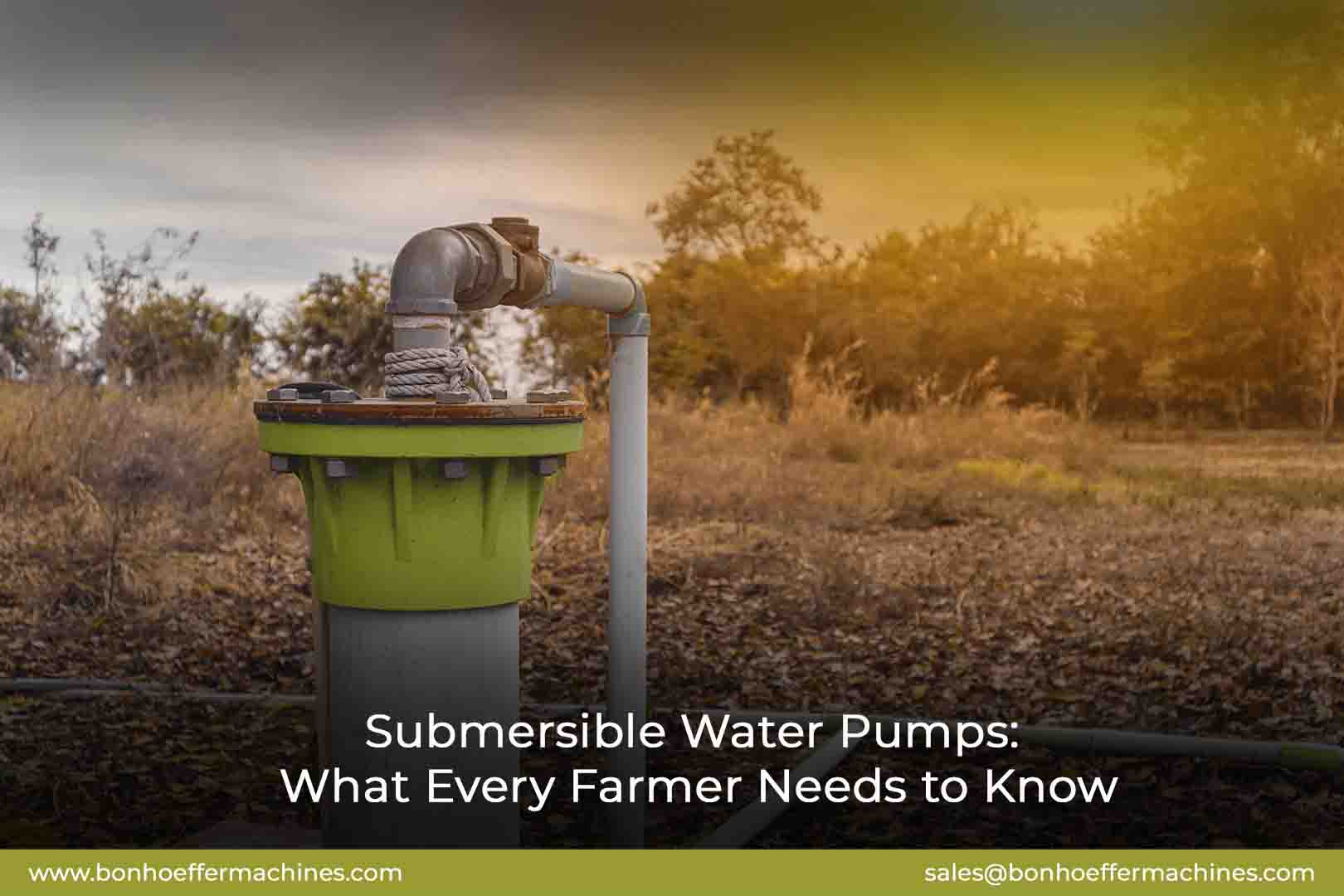
When it comes to managing water resources on your farm, submersible water pumps are invaluable tools. Designed to operate underwater, these pumps are perfect for drawing water from deep wells, ponds, or reservoirs. Understanding how they work and their benefits can help you make an informed decision when selecting a pump for your farming needs.
What is a Submersible Water Pump?
A submersible water pump is a device that is fully submerged in the fluid it is pumping. Unlike surface pumps, which draw water from above ground, submersible pumps push water to the surface. This design allows them to be more efficient and effective in various applications.
Benefits of Submersible Water Pumps
- High Efficiency: Submersible pumps are designed to operate under pressure, making them more efficient than many other types of pumps. They can move large volumes of water quickly, which is essential during irrigation or when draining excess water.
- Space-Saving Design: Since submersible pumps sit below the surface of the water, they take up less space above ground. This feature is particularly beneficial for farms with limited space or where aesthetics matter.
- Durability: Built to withstand harsh conditions, submersible pumps are often made from corrosion-resistant materials. This durability means they can last for years with proper maintenance.
Key Features to Consider
When choosing a submersible water pump, consider the following features:
- Power Rating: Submersible pumps come in various power ratings, typically ranging from 1HP to 5HP or more. The right power rating will depend on your specific needs and the depth from which you need to pump water.
- Flow Rate: The flow rate indicates how much water a pump can move in a given time, usually measured in gallons per minute (GPM). Make sure to choose a pump that can meet your farm’s demands.
- Material: Look for pumps made from high-quality materials such as stainless steel or thermoplastic to ensure longevity and resistance to wear and tear.
Installation and Maintenance
Installing a submersible pump may require technical knowledge, but many manufacturers provide clear instructions. It’s crucial to ensure that the pump is properly submerged and all connections are secure.
Regular maintenance is key to prolonging the life of your pump. This includes checking for any signs of wear or damage, cleaning filters, and ensuring that electrical connections are safe and functional.
Conclusion
Submersible water pumps offer farmers an efficient solution for managing their water needs. By understanding their benefits and features, you can make an informed choice that enhances your farm’s productivity. Whether you’re irrigating crops or draining excess water, a submersible pump can be a reliable partner in your farming operations.






